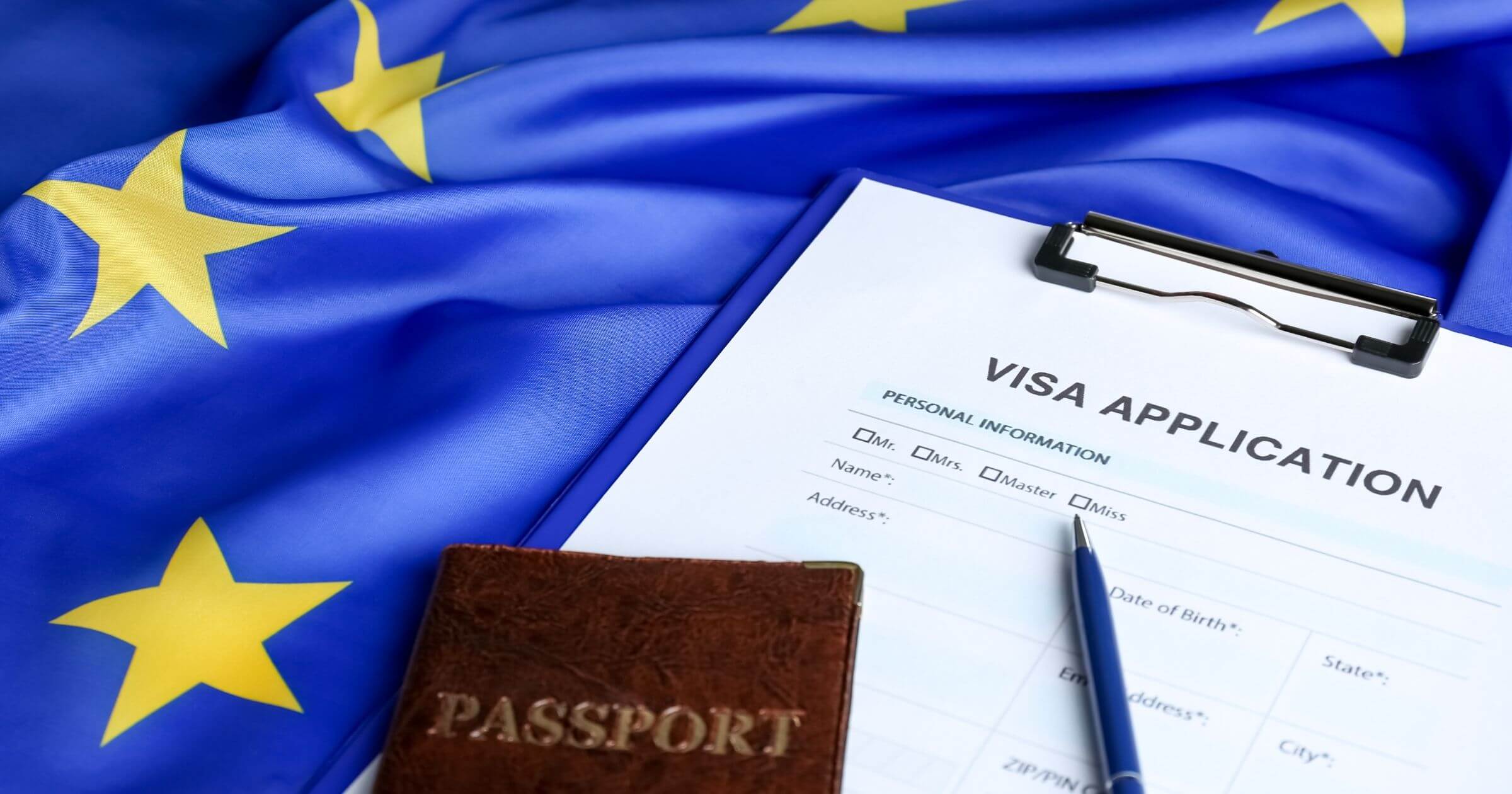
EU Plans to Raise ETIAS Entry Fee by 2026
If Europe’s on your travel radar in the next few years, here’s a fee update worth noting: The cost for an ETIAS travel authorization may be about to jump—from €7 to €20.
The European Commission recently proposed the increase, citing rising operational costs and the desire to stay in step with other countries’ digital travel screening systems, like the U.S. ESTA and the UK’s ETA. While it won’t take effect immediately, the new fee is expected to roll out alongside the full launch of ETIAS in late 2026.
What is ETIAS, Again?
If you’re not familiar with it yet, ETIAS stands for the European Travel Information and Authorization System. It’s a digital pre-screening system that non-EU travelers from visa-free countries (think the U.S., Canada, Japan, and the UK) will soon be required to complete before heading to most EU countries.
You’ll fill out a short online form with basic info—your name, passport number, date of birth—and then your details will be run through several security and immigration databases. Assuming all’s clear, approval usually comes within minutes. No consulate visit required.
Why the Price Hike?
According to the European Commission, the increased fee will help cover the cost of new tech upgrades, staffing, and system maintenance. Think enhanced encryption, better automation, and seamless integration with the EU’s upcoming Entry/Exit System (EES).
The Commission also points out that €20 brings ETIAS closer in line with similar programs around the world—right now, ESTA costs about $21, and the UK’s ETA is £16.
Still, the proposed change has sparked concern among travel companies and advocacy groups, especially those who work with frequent travelers or student groups.
Who Has to Pay—and Who Doesn’t
Not everyone will feel the sting. The EU plans to keep fee exemptions in place for:
- Children under 18
- Adults over 70
- Certain family members of EU citizens
- Non-EU nationals who have the right to move freely within the EU
Everyone else—including most tourists and business travelers—will need to factor in the higher cost starting in 2026.
What Happens Next
Right now, the proposal is in a two-month review period with the European Parliament and the Council. Lawmakers can suggest changes, ask for more time, or move it forward as is. But unless something major shifts, the fee increase is likely to stick—and take effect when ETIAS officially launches in late 2026.
That delay gives EU countries time to coordinate the rollout and continue testing the system behind the scenes.
Another Step Toward Safer Borders
While the form may be quick and easy on the front end, there’s a lot happening in the background. Applications are cross-checked with multiple databases, including Interpol, Europol, and the Schengen Information System. If anything looks suspicious—say, a stolen passport or a flagged criminal connection—authorities can deny travel authorization.
In total, more than 1.4 billion people from over 60 countries are expected to need ETIAS once it goes live. That includes tourists, families, and business travelers alike.
What It Means for You
For now, travelers from countries like the U.S. can still enter the EU without paying the higher ETIAS fee—or filling out the form at all. But come late 2026, it’ll be a required step. If you’re planning a European adventure after that, budget an extra €20 and give yourself a few days to apply online before your flight takes off.
